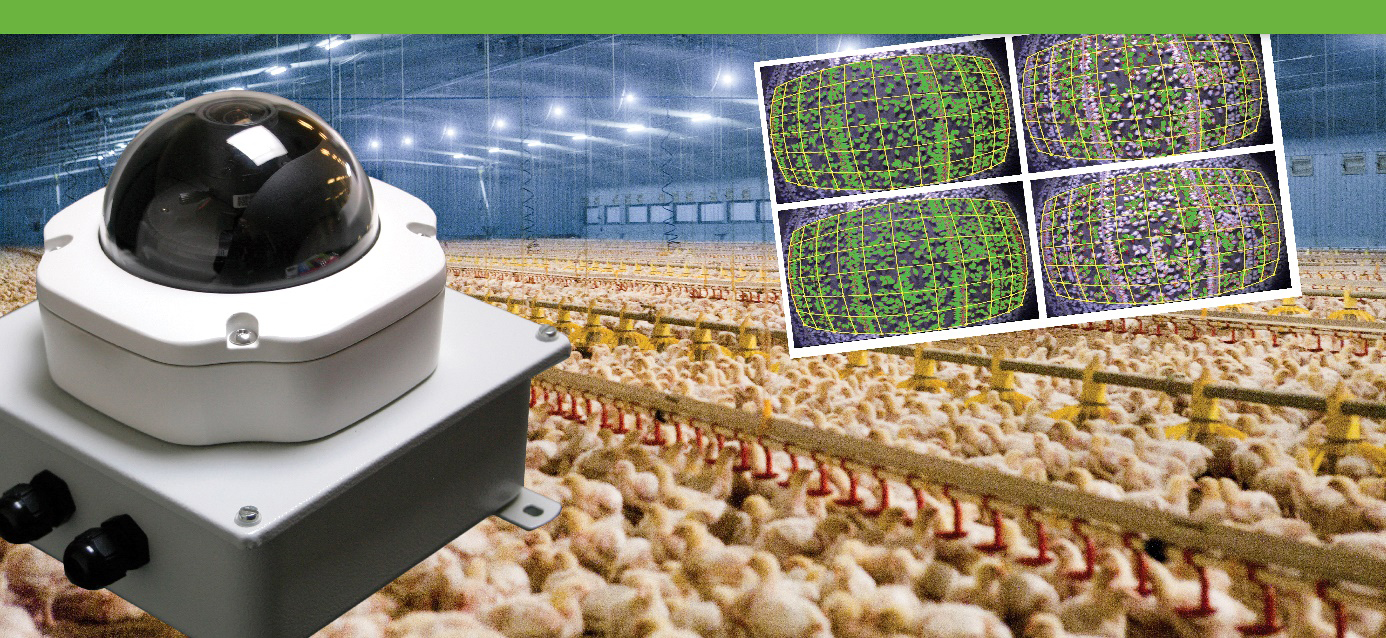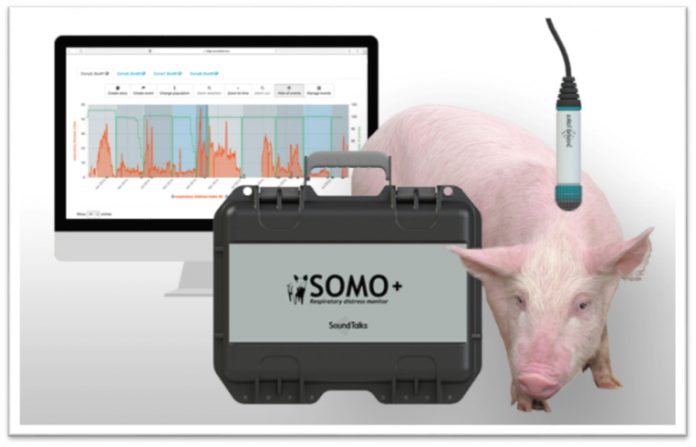Daniel Berckmans and Tomas Norton from M3-BIORES, Catholic University of Leuven together explore the importance of animal welfare and livestock farming in Europe
Animal welfare is important from an ethical viewpoint and to realise a more efficient livestock sector. We need a more efficient production: more animal product for less feed input, less manure and fewer emissions.
For over 40 years, the European Commission has been promoting animal welfare by gradually improving the lives of farm animals. The development of welfare assessment schemes is a long journey – with difficult balancing between practical constraints against scientific validity and reliability. The practical implementation of a feasible, affordable and common way to assess or measure animal welfare in the field seems to be even more difficult. After the first approaches by the so-called iceberg indicators for animal welfare, the approach of the EU Welfare Quality© project was the next step. This generated a method for qualitative assessment of animal welfare based upon behaviour scored by observers visiting farms. These previous methods are important since they can be used as a reference for animal welfare at the farm level to develop further steps in realising a European monitoring and management system for animal welfare.
The following step is the so-called Precision Livestock Farming (PLF) technology. PLF aims to deliver a tool for management of livestock by continuous and automated real-time monitoring of production/reproduction, health and welfare of livestock and the environmental impact. PLF assists livestock producers by combining ICT with cameras, microphones, sensors on or around the animal and intelligent algorithms analysing animal behaviour in real-time.
The biggest advantages are continuous monitoring 24 hours a day/7 days a week throughout the life of the animal, a fully automated method, based on the use of objective quantitative data, rather than qualitative information, a technology-based method that is same in all farms. This method is not prone to subjectivity by individual experts, it’s cheaper than costly man-hours, a more hygienic method than experts travelling between farms and continuous dataflow is available for early warning and management actions.
It has been over 27 years now since this technology – for the monitoring animals with sensor and ICT – has been under development in laboratory conditions. The European Committee for Precision Livestock Farming since 2003 has already organised seven European conferences on PLF. ECPLF2019 will be organised in Cork, Ireland. The first Asian European Conference was organised in 2016 in Chongqing China and the first USA conference focusing on PLF is the 2018 ILES conference, taking place this year.

Instead of developing more technology, the EU-PLF project Bright Farm by Precision Livestock Farming, EU Grant Agreement no.311825 was testing this PLF approach on real farms. The technology was installed in 20 farms all over Europe: 10 farms with fattening pigs, five broiler farms and five dairy farms. For each species, 60 production cycles were monitored. The farmers from 12 different countries were trained to get familiar with the technology and gave feedback during several workshops.
The main conclusion of the EU-PLF project is that the demonstration of the real-time monitoring of livestock concept is realistic. Though there is scepticism regarding the working capacity of this technology in commercial farms, the sound, image and sensors installations in the harsh conditions of livestock houses were operational during the test of three and a half years and worked well continuously 24 hours a day/7 days a week. The project generated 120 terabytes image data, five million sound files from 5,475 measuring days.
Another important deliverable of the project was the PLF-Blueprint for interested farmers and other stakeholders, including an e-course for researchers (see European Association for PLF, www.ea-plf.eu). The project also started four new high-tech companies in four different EU countries showing that the livestock sector can turn into a high-tech sector to implement PLF technology and services. The Soundtalks Pig Cough Monitor (Figure 1) detects the infection of pigs by sound analyses and detected problems up to 10 days before the farmer has noticed them.
The real-time Fancom eYenamic system for broilers (Figure 2) using image analysis detected 95% of all problems (light, feed/drinking systems, climate, light, etc.) in the broiler house during the fattening period. The GEA Cow view system was used in five barns with milking cows monitored continuously in terms of the position of each individual cow – creating alerts for animals that need farmers’ attention.
The PLF systems showed the potential to give tangible benefits for farmers by saving man-hours in control actions and preventing days of production losses by early warnings, based upon real-time analysis of animal behaviour. Farmers are also appreciating the non-tangible benefits, such as getting more peace of mind, chances for a different lifestyle with the family and being able to show transparency to the community, all of which are very important.
The project also showed that farmers need training and help in using this modern technology, a PLF service industry will create a modern more sustainable livestock sector.
Please note: this is a commercial profile
Daniel Berckmans
Full Professor
Catholic University Leuven
Tel: +32 479 98 38 19











